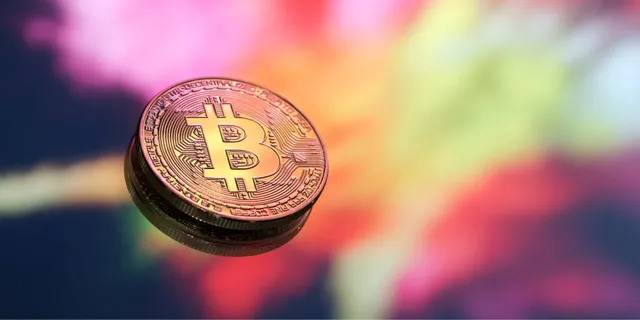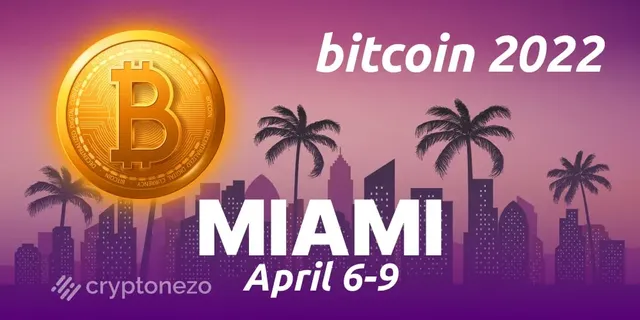From Fiat money to Bitcoin, industry 4.0

From Fiat money to Bitcoin, Industry 4.0
Fiat money is all types of money made legal tender by a government decree which is not backed up by a commodity such as gold or silver. Acting as a medium of exchange with no intrinsic value, fiat money’s worth it’s given by the people who use it.
Although fiat money’s history goes back to the 11th century in China, 1971 is the year that comes to mind to many due to Nixon’s shock, a series of measures taken by the American President Richard Nixon in order to combat inflation which included the abandonment of Gold Standard, a monetary system where a country's currency or paper money had a value directly linked to gold. This was introduced in 1821 when England became the first country to officially adopt it in order to limit the power of governments or banks to cause price inflation through the excessive issue of paper currency.
Unlike fiat money which holds no intrinsic value, commodities’ price is influenced by supply and demand. Changes in public confidence in a government issuing fiat money can easily influence its value of it and therefore make it more at risk of inflation, which is public enemy number one.
Bitcoin, an inflation hedge
Inflation represents a reduction in the purchasing power of money due to a rise in prices. The current rate of inflation in the US is 7.9%, the biggest year-to-year leap since 1982 and is believed to continue to rise. This has been influenced by the current climate with the ongoing war between Ukraine and Russia, the rising global price of energy, low-interest rates and also the Pandemic which added extra pressure on the economy.
Considered a deflationary asset, Bitcoin can be seen as the best exit strategy to fight inflation. The first-ever cryptocurrency invented in 2008 by Satoshi Nakamoto has seen an increase in adoption in recent years where companies like Micro Strategy founded by Michael Saylor bought Bitcoin on their balance sheet and countries like El Salvador adopted Bitcoin as legal tender in September 2021.
Although first introduced as a “peer-to-peer version of electronic cash” Bitcoin is now considered digital gold due to the features embedded: store of value and decentralization. Bitcoin has all six characteristics of money: durability, portability, fungibility, scarcity, divisibility and recognizability but what sets it apart is its scarcity, only 21 million coins are available which directly influences its price with an ATH of over $65.000 in March 2021.
In terms of Regulations, Cryptocurrency is still in its very early stages however steps have been put into place by Crypto Exchanges in order to avoid money being laundered through their services. With this in mind, KYC measures have been implemented in line with AML/CFT Compliance regulations with the scope of identifying the customer and knowing the nature of business. By implementing the following measures and controls, stipulated by the Financial Action Task Force: identity verification, customer monitoring, screening and adverse media; an Exchange can reason if criminals attempt to evade controls and put measures in place to freeze their assets or cease business.
Don't forget to follow us @cryptonezo to stay updated with the latest blockchain and cryptocurrency news.

Financial Crime Investigator & AML Specialist. Crypto Educator NFT Marketing & Crypto Promoter DeFi & Web 3.0 Content Writer







.webp)




-min.webp)


